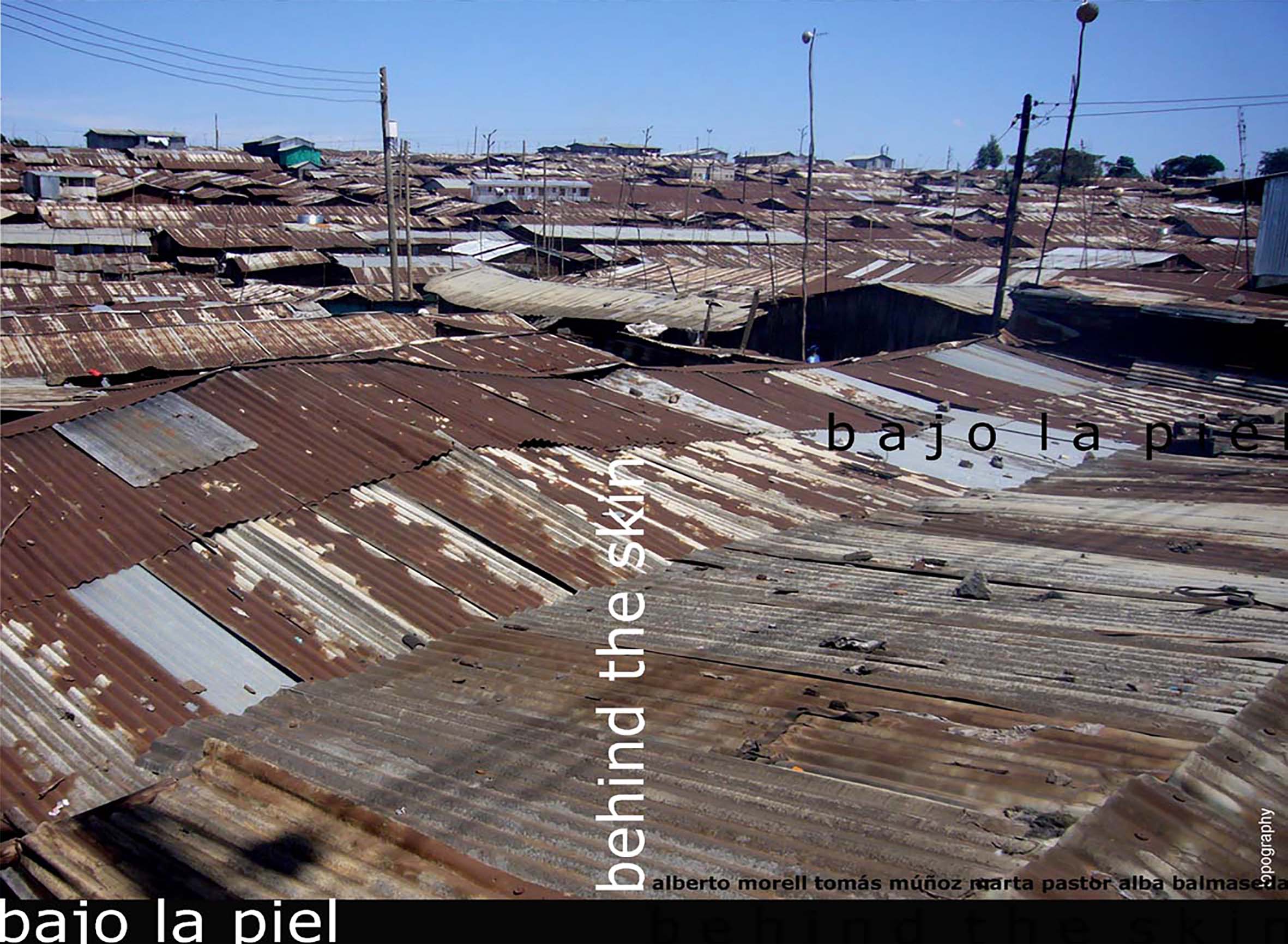

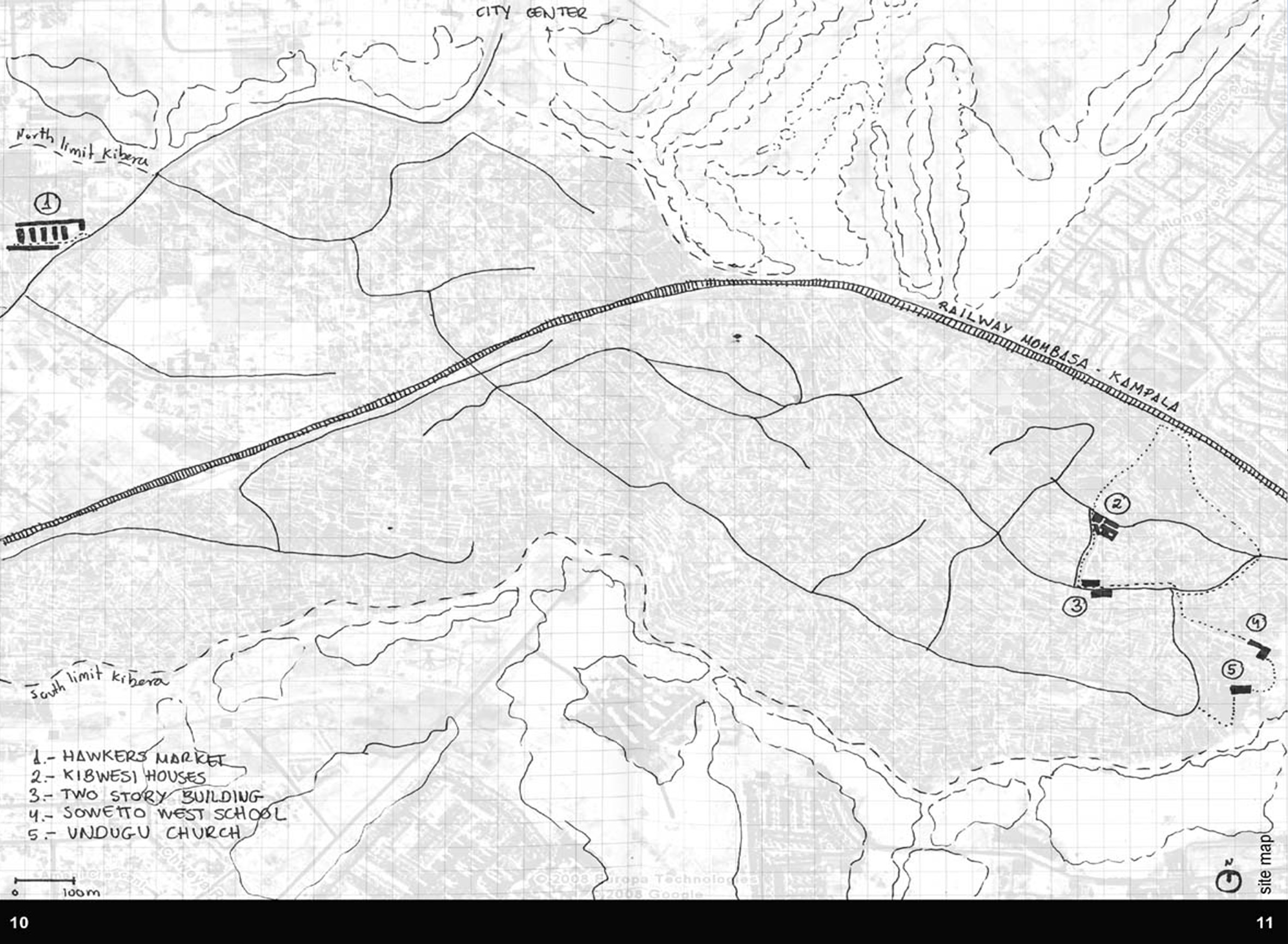
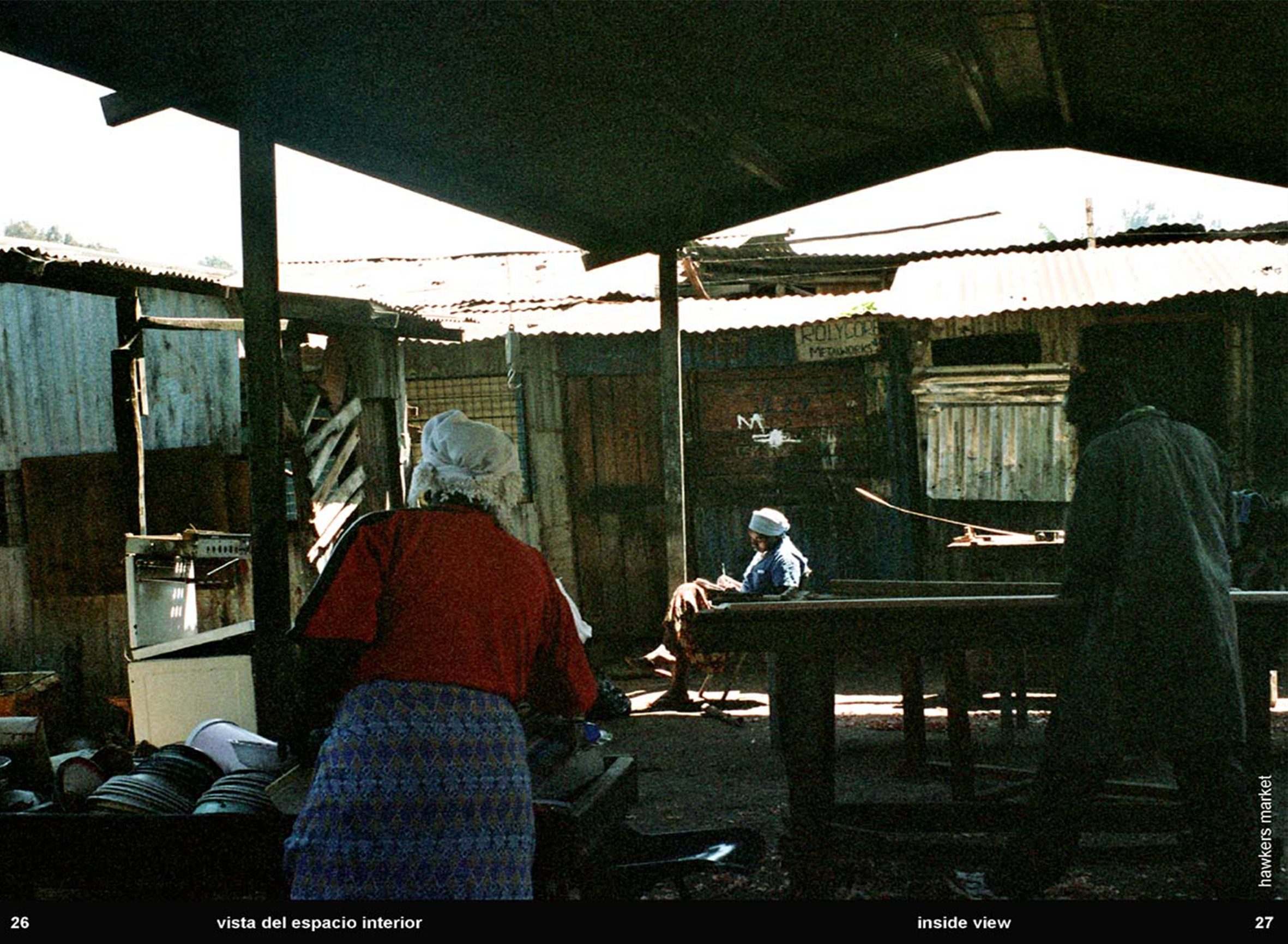

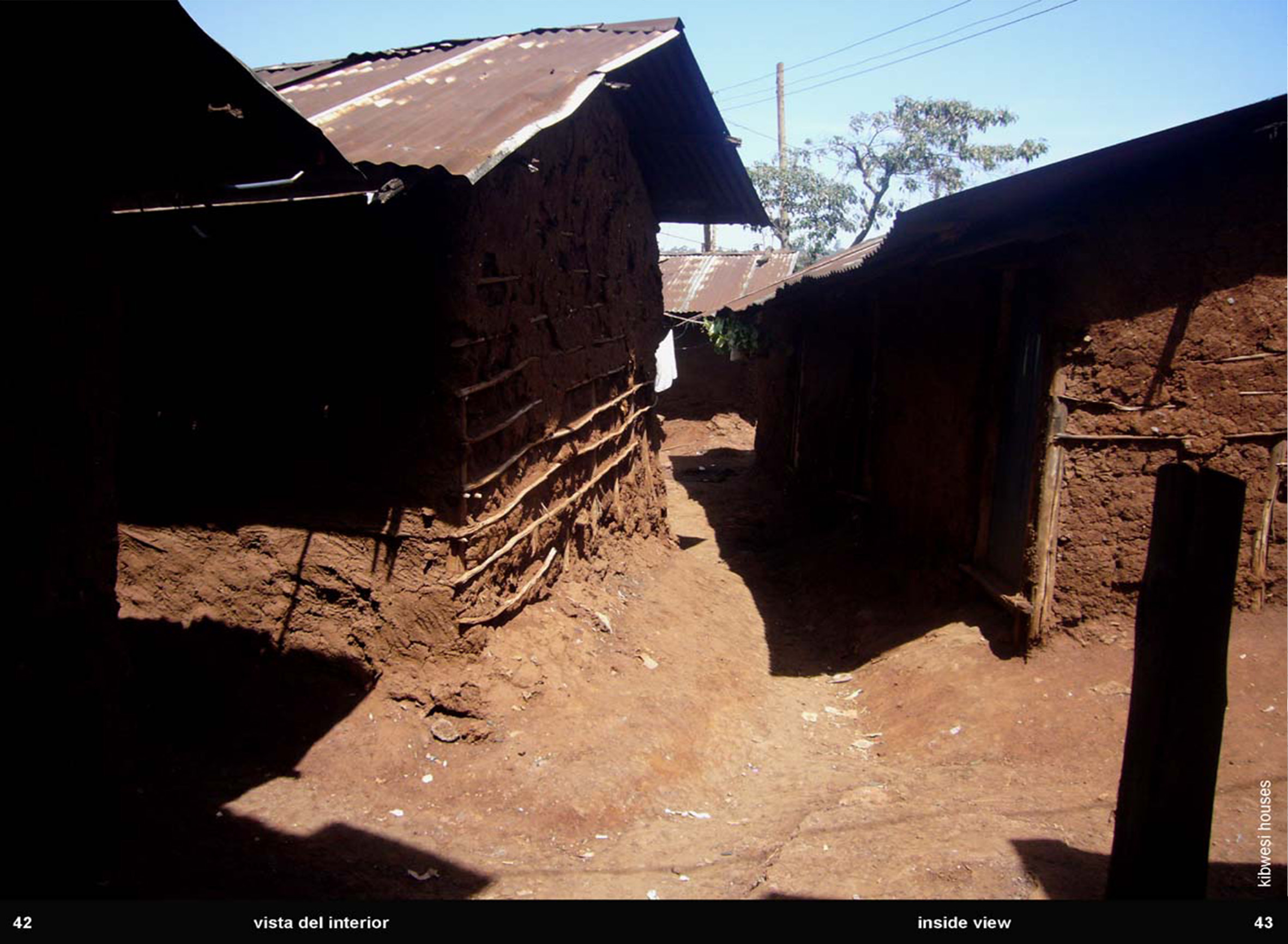

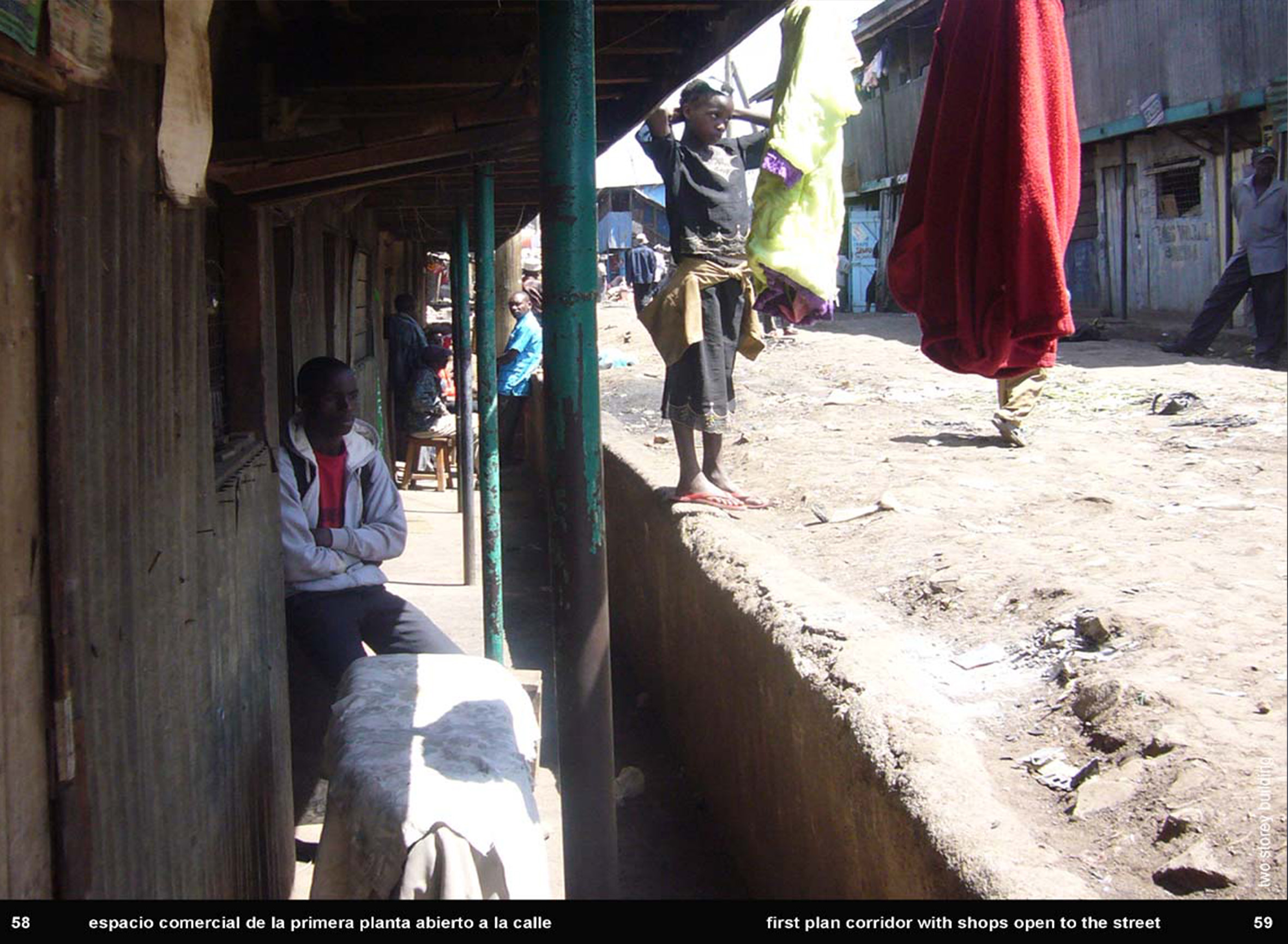
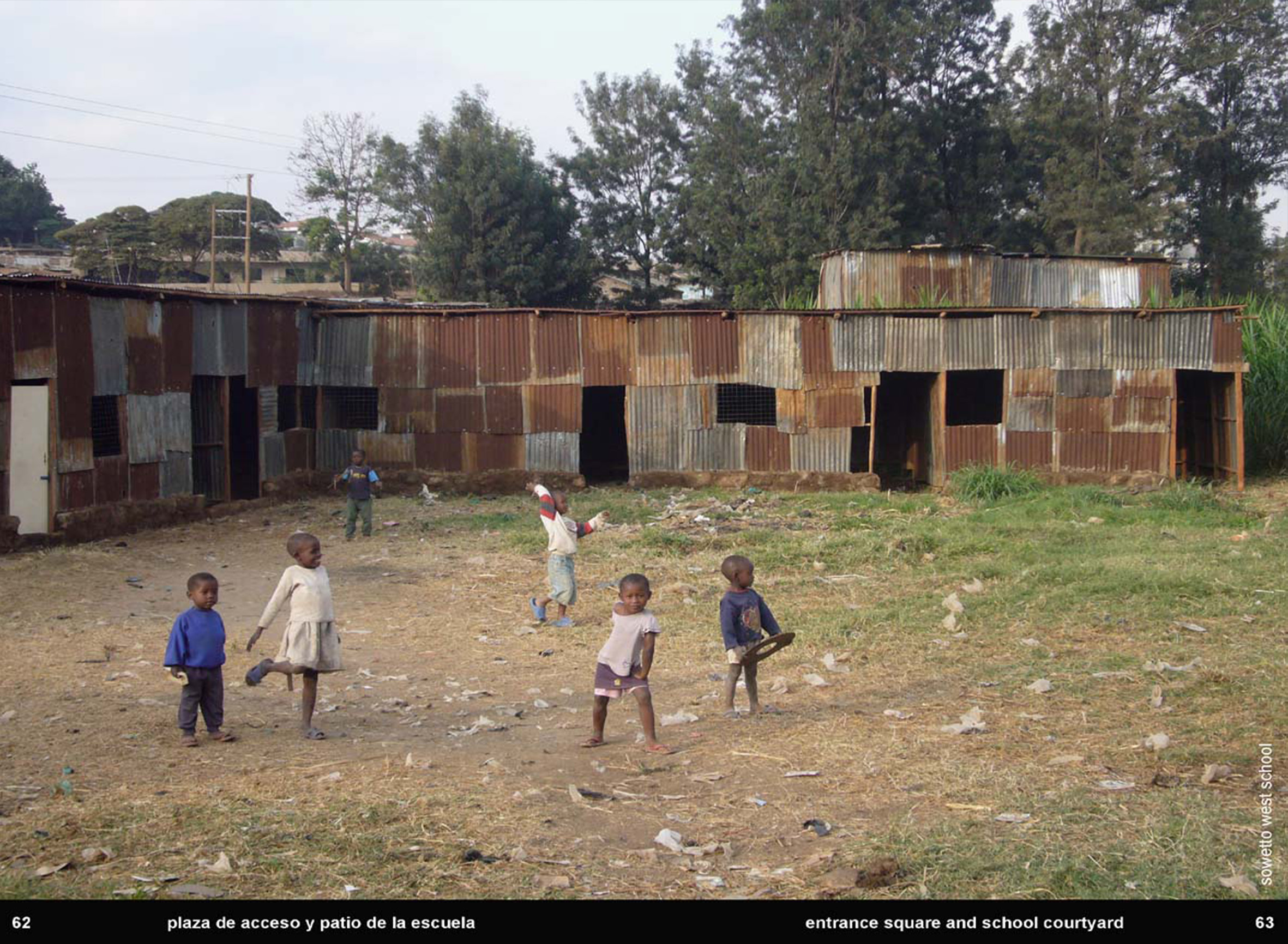
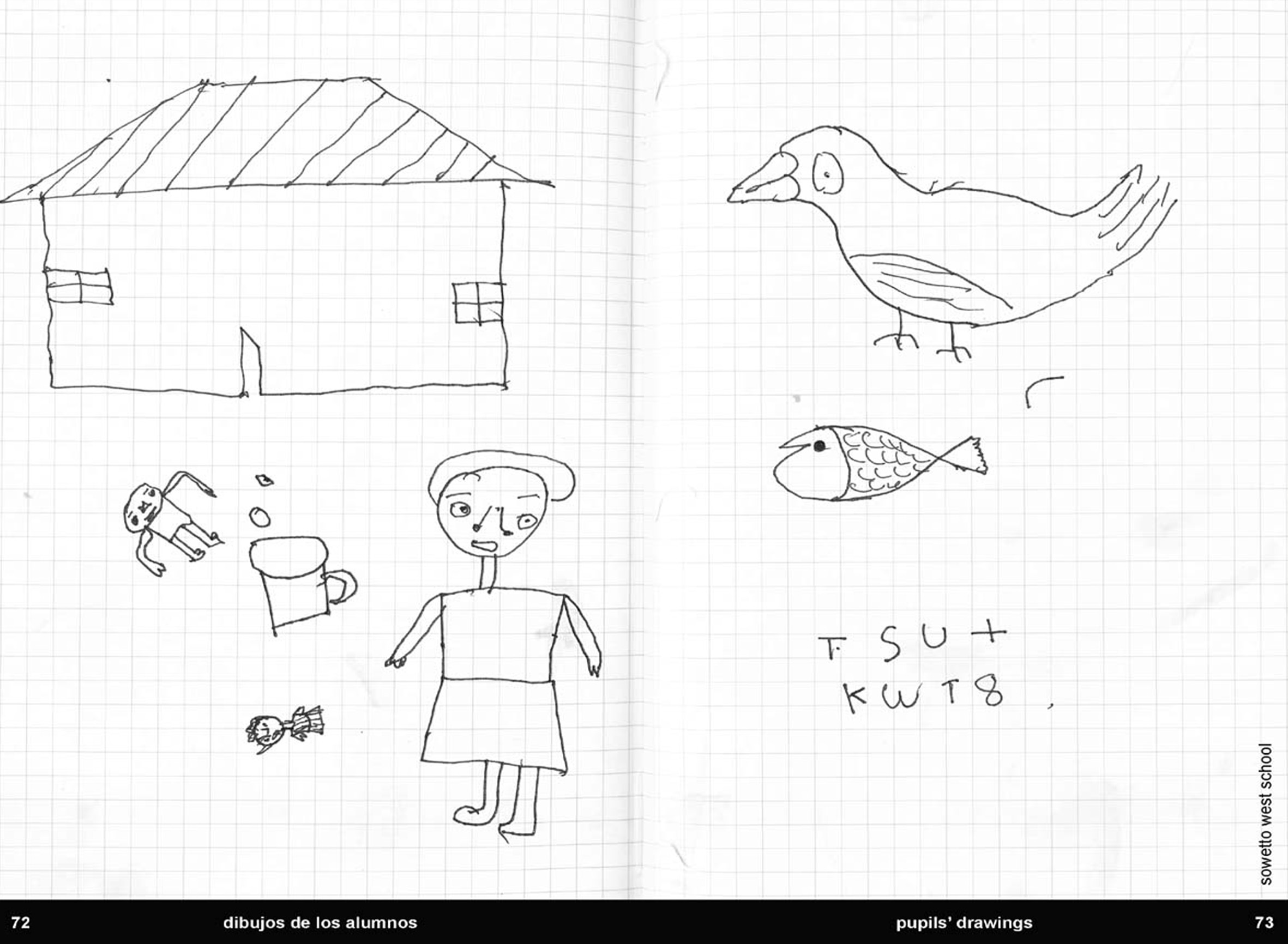


KIBERA, UNDER THE SKIN
In August 2008, a group of architectural
academics from different universities (Polytechnic university of Madrid,
European University of Madrid, Camilo Jose Cela University and Polytechnic
University of Nairobi) assembled for two weeks to study the infamous Kibera
slum in Nairobi. The aim of this study was to explore the relationships between
architecture and the African lifestyle. This particular interest was motivated
by the desire to obtain further knowledge on the life under the rooftops of
Kenyan shacks.
In this book, five types of exemplary spaces
are used. Based on these, we come to the conclusion that an important
architectural and cultural value is present in the slums and should be
protected. Due to the important variation in lifestyles, the imposition of
Western architecture has been a
dramatic failure in the slums of Nairobi and other parts of the world.
The main issue arising with this study is the
need to substantially improve hygiene and sanitary conditions. These measures
will begin with an efficient removal of rubbish within households, a covering
of sewage systems, a rise in access to sanitised water, open spaces and green
areas, the substitution of misplaced materials and studies of basic living
standards.
At the end of the book, the implicated
professors discuss the different aspects of this investigation.
Authors
Joseph Kamenju
Jaime Cervera
Alberto Morell
Tomás Muñoz
Marta Pastor
Alba Balmaseda
Ibrahim Ngeru
Images
Alberto Morell
Marta Pastor
Tomás Muñoz
